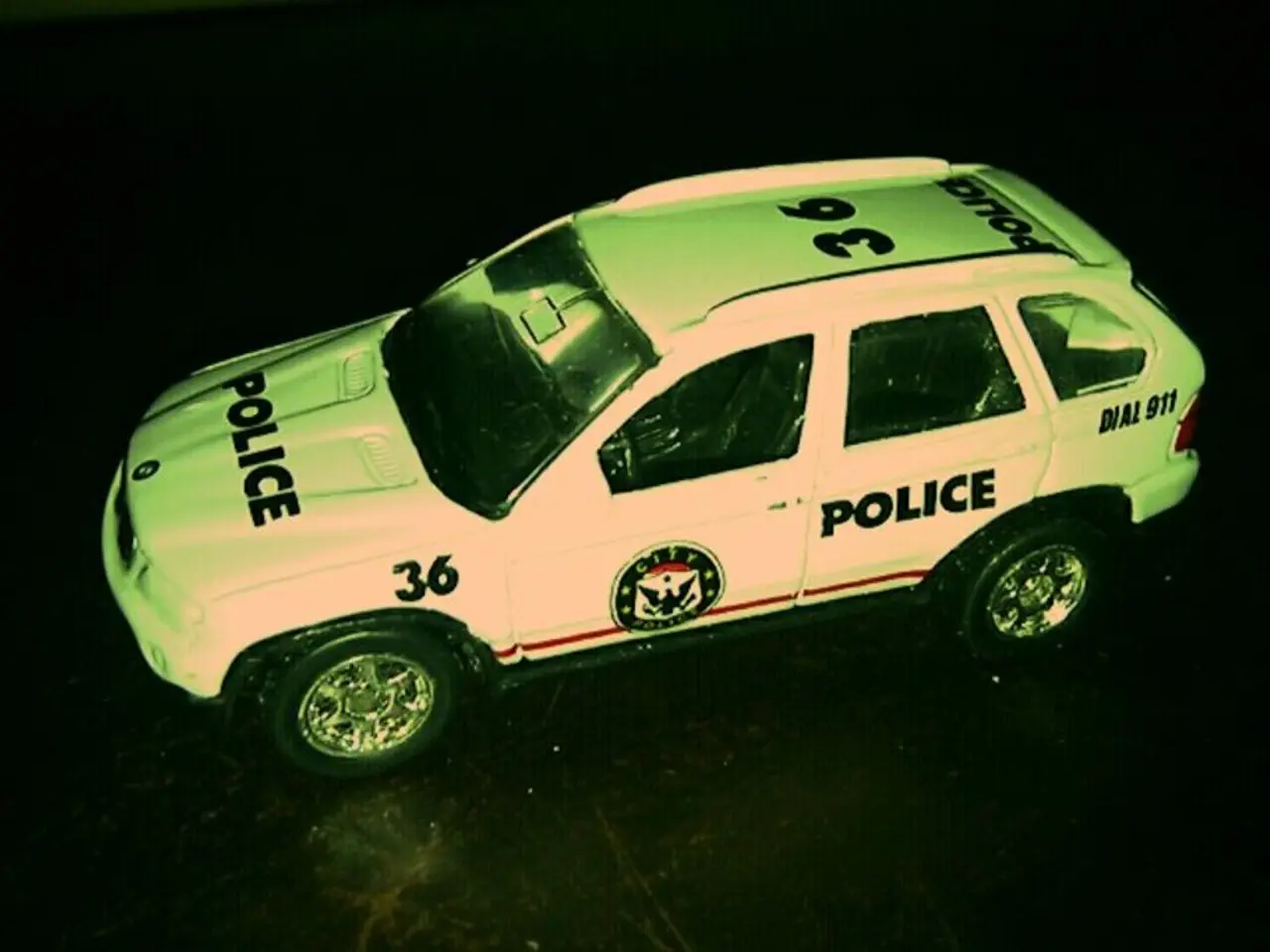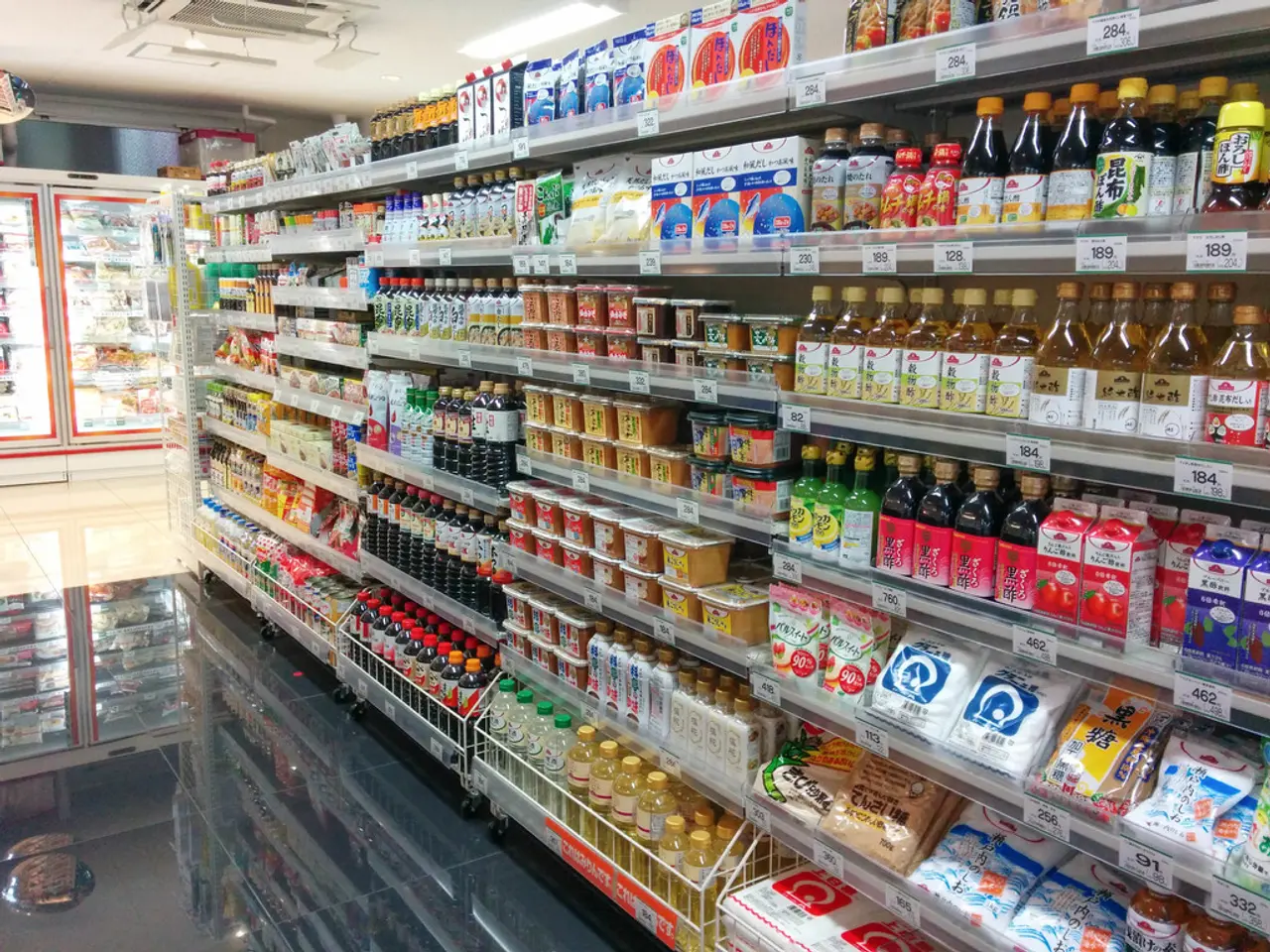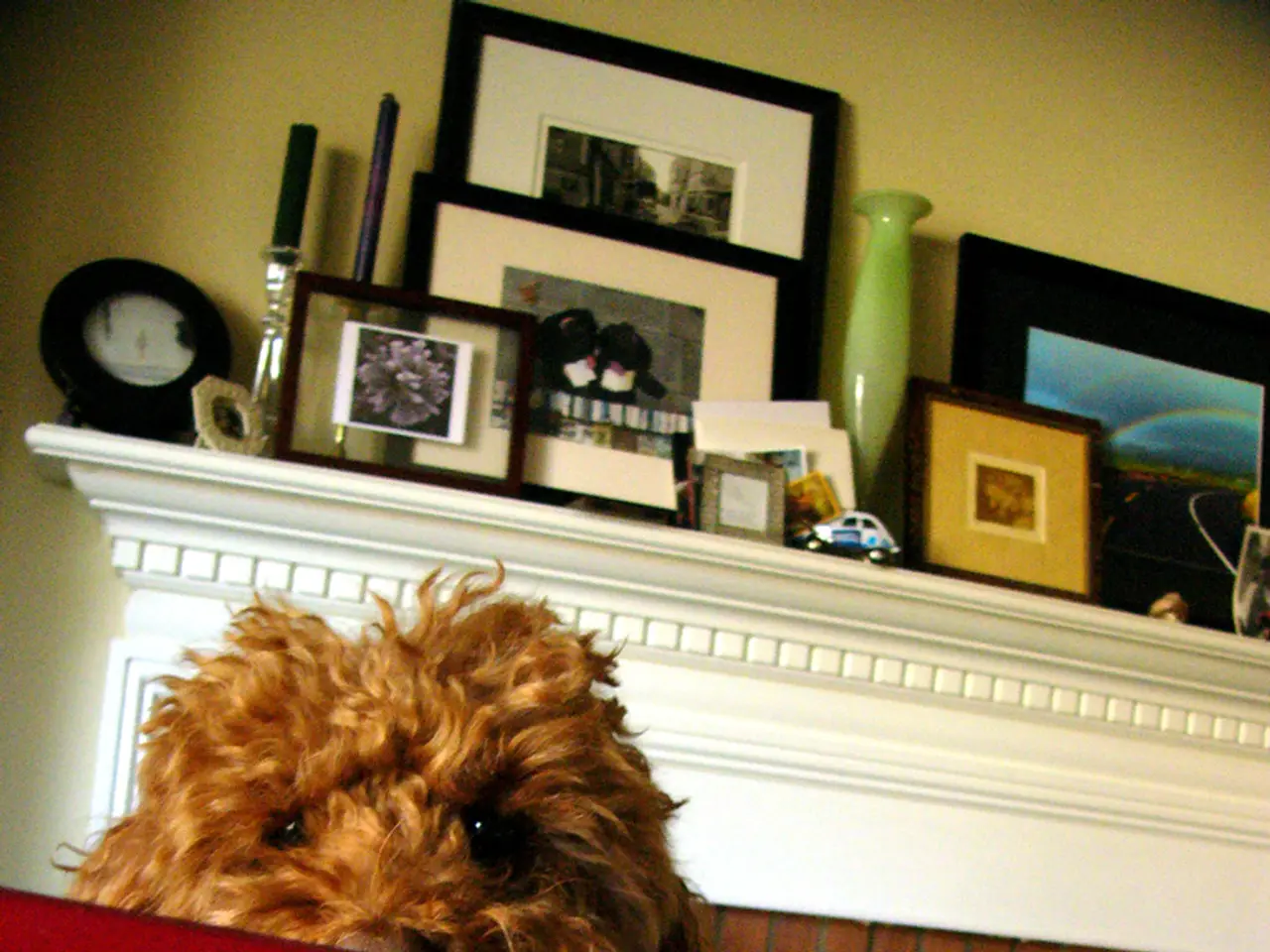Employing a conspicuous key safe is questionable due to security concerns
In recent times, Nottinghamshire Police has reported a series of burglaries targeting homes with key safes, particularly those of elderly or vulnerable people living alone. To help homeowners secure their properties, we've compiled some essential tips from various sources to ensure your key safe is as secure as possible.
Firstly, it's crucial to mount your key safe on a sturdy, inconspicuous location. Brick, stone, or concrete walls are ideal, as they offer strong security. Wood can also work if robustly fixed. However, it's best to avoid mounting near the front door or in obvious places to prevent burglars from easily spotting it.
Instead, consider mounting it to fixed structures that are less obvious, such as metal posts or railings at side or rear entrances, or hide the key safe under heavy outdoor furniture or inside disguised containers like fake electrical outlets.
Using a key safe with a digital keypad and a longer pin code (more than three digits) adds further security due to the difficulty of guessing the combination. This increases the time it takes for intruders to gain access, potentially deterring them from attempting a break-in.
For maximum security, a key safe should be bolted to a solid wall or masonry surface rather than timber cladding or fences. Some insurers may require the key safe to be installed professionally and located in a discreet area, and may limit the number of people who know the code.
It's also recommended to regularly change the code of the key safe every few months, as advised by Nottinghamshire Police, and to maintain the key safe regularly to ensure it's functioning properly and secure.
When a key safe isn't being used, it should be left open to deter opportunist burglars. A faulty or damaged key safe may not provide the security needed, which could impact a claim in case of a burglary or emergency.
Key safes that meet the police preferred specification standard (Secured by Design) and have a Loss Prevention Certification Board (LPBC) LPS (loss prevention standard) 1175 Issue 8 security classification offer increased protection against forced entry. Informing your insurer about the installation of a key safe is also advised, as some insurance providers may have specific requirements or exclusions for their use.
Police-approved key safes with a strong metal body and anti-tamper features are highly recommended. However, it's important to note that key safes fixed on walls next to the front door are more likely to be targeted.
In conclusion, by following these tips, you can significantly increase the security of your home while allowing authorized access. Remember, a key safe is a strong mechanical box for secure storage of door keys, and with proper installation and maintenance, it can provide an additional layer of protection against burglaries.
References:
- standard.co.uk, "Best key safe boxes" (2025-07-31)
- aol.com, "5 Places You Should Never Hide Your Spare Key" (2025-08-06)
- keysafe.co.uk, Supra C500 Pro installation (2025-08-05)
- manuals.plus, Omethey home safe manual (2025-07-31)
- To enhance home security, mount the key safe on a sturdy, inconspicuous location, such as a brick, stone, or concrete wall, away from obvious places like the front door.
- A key safe with a digital keypad and a longer pin code increases security, as it takes time for intruders to guess the combination, potentially deterring them from attempting a break-in.
- For maximum security, a key safe should be bolted to a solid wall or masonry surface, rather than timber cladding or fences, and some insurers may require professional installation in a discreet area.
- Regularly changing the code of the key safe and maintaining it properly can ensure it functions properly and securely.
- Inform your insurer about the installation of a key safe as some insurance providers may have specific requirements or exclusions for their use, especially those that meet police preferred specifications and have security classifications like LPSC LPS 1175 Issue 8.




